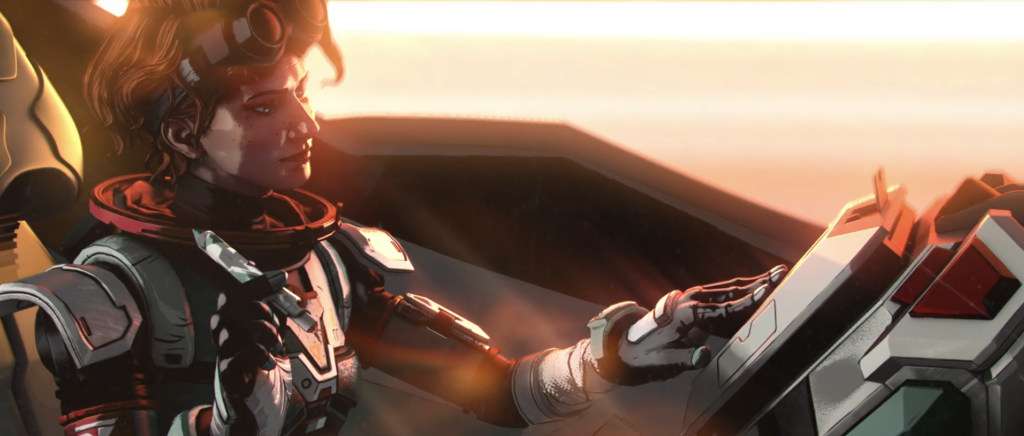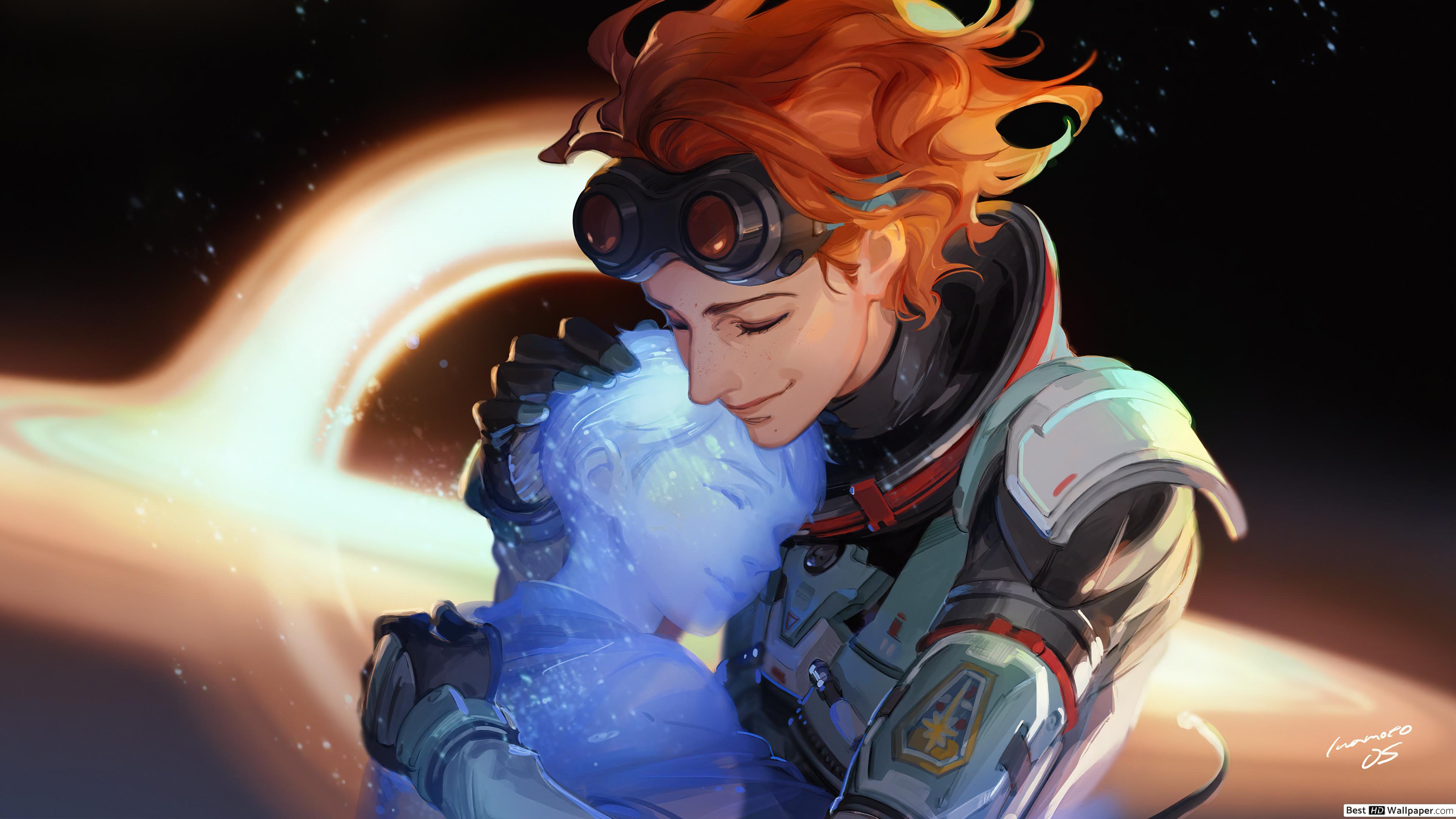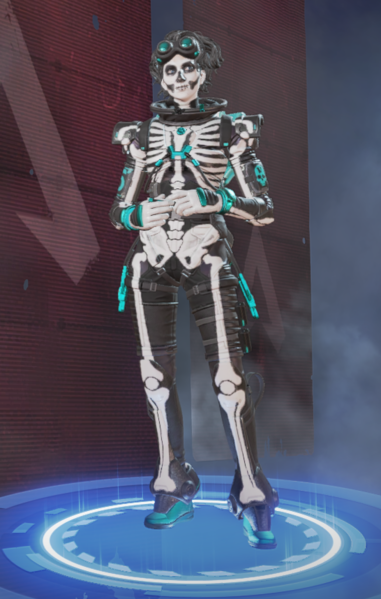

“We were handed a pretty comprehensive art department look book and reference images,” Blank says. In terms of capturing 1920s Montana, Production Designer Cary White and Supervising Art Director Lisa Ward were responsible for researching the look of the time period. The work was done seamlessly by Crafty Apes. Ultimately, the five location shoots were necessary to accomplish the scene and visual effects used, including compositing, split screens, matte painting, CG greens and a CG elephant carcass to glue it all together.

When we were at the original tree location, we shot drone footage of the surrounding area to be the background we used in the bluescreen tree section,” Blank remarks. Finally, we filmed a faux tree on a soundstage in Cape Town surrounded by bluescreen to capture the actor’s dialogue. We found a reverse angle that Ben liked and shot that side of the scene there. We went to an animal park in Johannesburg and filmed a pack of hyenas in their own natural habitat. We recreated the environment and filmed where the lions were. Additional shoots were needed at the lion trainer’s facility. Ben didn’t like the reverse angles, and it was impractical to shoot a dialogue scene in a real tree. “This was the location Ben liked, but we couldn’t bring lions or hyenas here.

First was the real tree location in Bela Bela, South Africa. The lion and hyena stand-off didn’t involve any CG animal work, but to accomplish the illusion the production had to shoot in five separate locations to make the sequence work. We just rolled the cameras and reset over and over and got great practical stuff.” Much of the visual effects work for Blank and his team involved painting out trainers and prompting sticks. Once the car was flipped over and the elephant is stalking around the car, the trainers were really good about prompting the elephants to move around and change direction and do a lot of stuff. “Conversely, there is a sequence where car is flipped upside down and there is an elephant stalking the occupants. The elephant really didn’t want anything to do with that,” Blank admits. “You set up a camera rig on the back of the jeep, and the elephant could charge at it as it is driving away. Trainers were initially very confident that an elephant could charge at a moving camera, for example, though this proved to be the opposite for the visual effects team. “Everything that the trainers said that they could do, they ultimately did not do, and they did some things that we didn’t expect they ultimately would do,” Blank adds. We utilized multiple approaches, multiple techniques, collaborating with Rodeo FX to see what produced the best results.”ĭiscussing his approach to capturing the elephant sequences, Blank explains that he was ultimately relying on dialogue with Richardson on what he wanted and what the trainers thought the elephants could and could not do.

#GUILD HORIZON APEX TWITCH FULL#
Ultimately all of the leopard shots utilize VFX, mostly full CG shots, and some enhancements to a puppet on a few close-ups. All safety measures were taken to accommodate working with an apex predator, but getting a leopard to simulate an attack on or drag a human being with a level of ferocity and believability necessary was a bridge too far. They trained him to do certain tasks, growling on cue, or dragging large objects, but on the day, a big cat in an environment with film crew has its own limitations. We did use a real cat and trainers that were brought to set. I have worked with lions and tigers before, but I’d never worked with a leopard. “The leopard and the elephant had significant CGI contributions. Creating CGI animals that were believable for audiences proved to be a daunting task. Principal photography took place throughout South Africa and Kenya for Spencer Dutton’s storyline. The schedule really was our biggest challenge,” Blank notes. And hopefully when we went with VFX, either through use of CG or compositing real animals from separate shoots, you can’t tell the difference.
#GUILD HORIZON APEX TWITCH HOW TO#
Blank’s initial conversations with Richardson regarding visual effects largely revolved around animals and how to achieve those sequences.


 0 kommentar(er)
0 kommentar(er)
